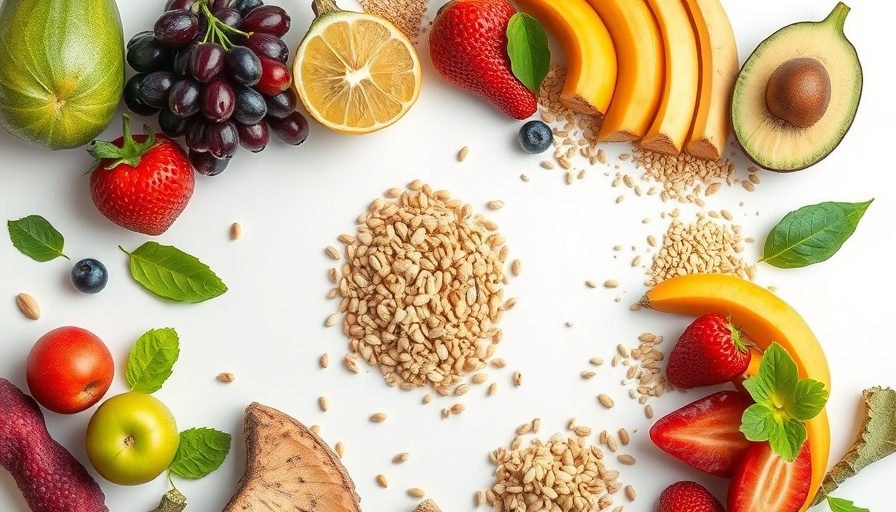
Filling Up on Fiber: The Key to Healthier Weight Management
When it comes to weight loss, the emphasis has often been on eating less. Yet, recent insights suggest that the answer might actually lie in eating more of the right kinds of food—specifically, fiber. Understanding how fiber affects our body may help us embrace a healthier relationship with food and our weight.
Why Fiber is Essential for Weight Management
Fiber is the nondigestible part of carbohydrates found in fruits, vegetables, legumes, and whole grains. Its presence plays a crucial role in regulating appetite and promoting satiety. Research indicates that individuals who consume more fiber tend to maintain a healthier body weight compared to those who don't.
The mechanism is simple yet effective: fiber-rich foods are often low in calories but high in volume, meaning they fill you up without overloading you with calories. This results in a natural calorie deficit, which is vital for weight loss. Moreover, fiber aids digestion, promotes regularity, and can help stabilize blood sugar levels, making it a holistic approach to maintaining total wellbeing.
A Paradigm Shift from Diet Culture
The traditional perceptions of weight loss—rooted in the restrictive diet culture of the '80s and '90s—fuel the misconception that shedding pounds requires deprivation. However, adopting a mindset that values nutrition over restriction transforms our approach to food. Foods high in fiber not only nourish our bodies but also resonate with a conscious living philosophy that honors our health.
Finding a Balance with Whole Foods
Incorporating fiber into your diet doesn't mean overhauling your meals overnight. Simple choices, such as opting for whole grain bread instead of white or indulging in fresh fruits and vegetables, can substantially increase your fiber intake without sacrificing enjoyment in food. This balanced approach honors both mind and body, facilitating a wellness lifestyle rooted in holistic nutrition.
Action Steps for Incorporating More Fiber
To integrate more fiber into your meals, try these practical tips:
1. **Start your day with oatmeal**—a fiber-rich breakfast that keeps you full longer.
2. **Choose snacks wisely.** Swap out chips for veggies and hummus, or fruit with nut butter.
3. **Add legumes** like beans to salads or stews to enhance both flavor and fiber content.
Remember, it’s about creating lasting, healthy habits rather than adhering to rigid rules. By paying attention to what you consume and prioritizing nutrient-rich foods, you pave the way for improved health outcomes and promote emotional resilience.
Conclusion: Embrace a Healthier You
Ultimately, understanding the impact of fiber on weight loss opens the door to healthier living. By focusing on nourishing our bodies with fiber-rich foods, we can embrace a lifestyle that emphasizes wellness and holistic health. Remember, it doesn’t require deprivation; it’s about filling up on foods that will serve our overall wellbeing.
 Add Row
Add Row  Add
Add 




Write A Comment